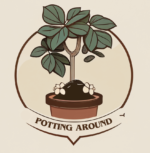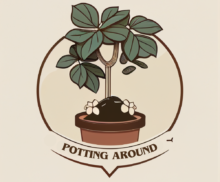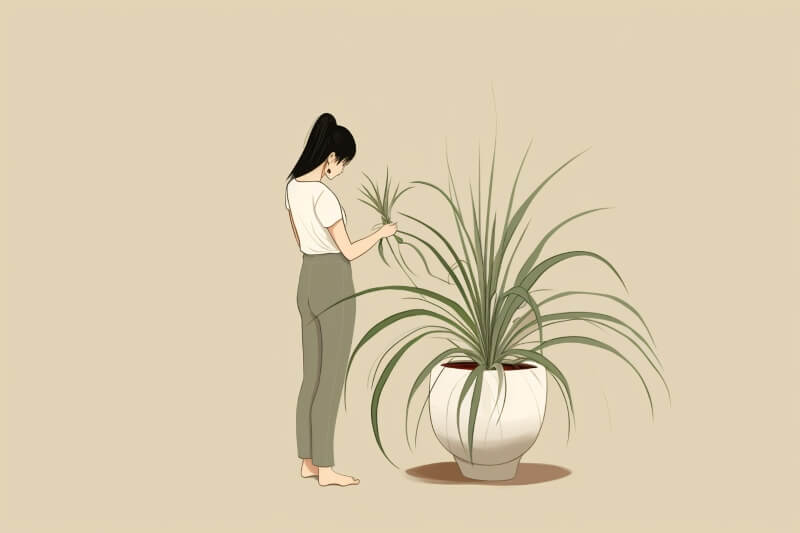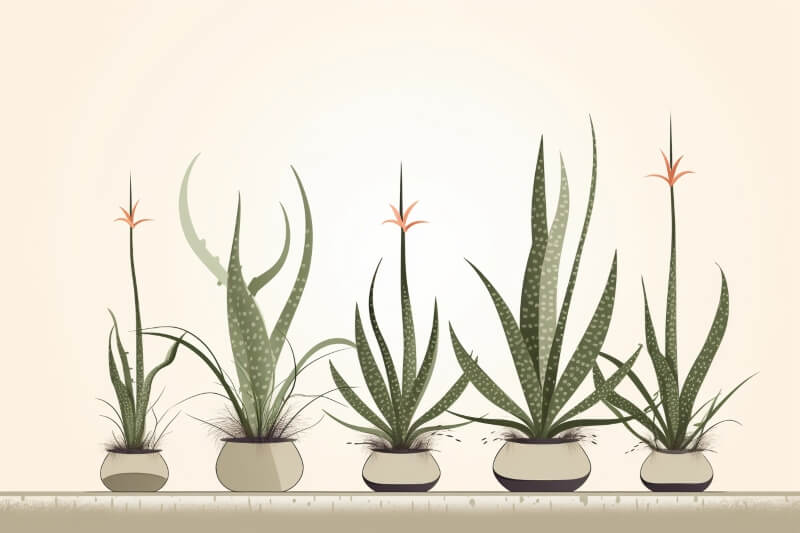Spider plants (Chlorophytum comosum) are a popular choice for houseplant gardeners, due to their attractive look and forgiving nature. They’re also quite fun to grow with their adorable plantlets dangling on their long stalks which make great gifts to give away to friends and family.
So, it’s not surprising to know that they’ve been a home gardener’s favourite since the 1970s, commonly hung around the home with ferns in macrame baskets. In fact, think of the spider plant as the “pilea” of the 70s.
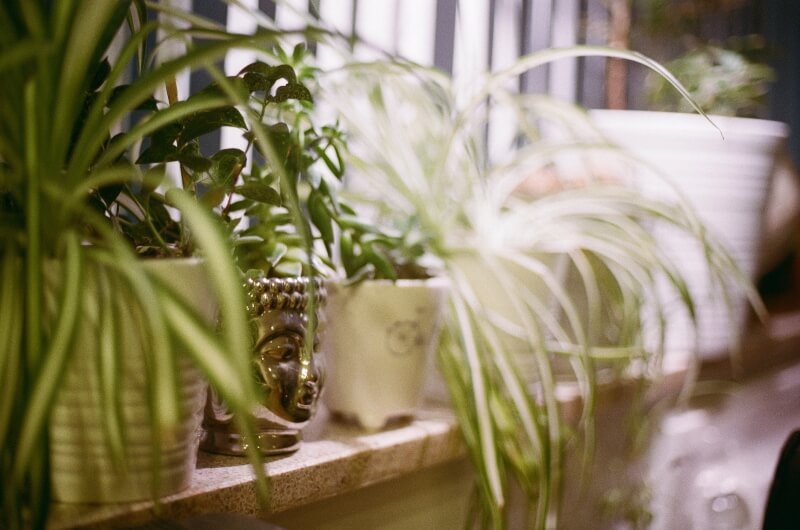
However, one common problem that spider plant owners often experience is that their plant’ leaves collapse or wilt, causing the plant to droop. So, if you’re a spider plant parent and you’ve noticed this issue, you’re not alone!
There are several reasons why spider plant leaves may collapse, including watering habits, lack of nutrients, pests or environmental stress such as low humidity, inadequate potting or a sudden change in temperature.
In this article, we’ll explore some of the most common causes why your spider plant leaves might collapse and what you can do to keep your plant healthy and thriving.
Let’s dig in!
In this article:
Reasons why spider plant leaves are collapsing
1. Overwatering
Overwatering is probably one of the main reasons why your spider plant leaves might collapse. While spider plants don’t typically require a lot of attention, they are still sensitive to water and – just like any other plants – they can develop root rot if overwatered. When this happens, the roots become waterlogged, and the plant is unable to absorb the nutrients it needs to survive. As a result, the leaves may turn soft and wilted, and eventually collapse.
To determine if your spider plant is suffering from overwatering, look out for signs such as yellowing leaves, a foul smell coming from the potting mix, or soil that is consistently wet.
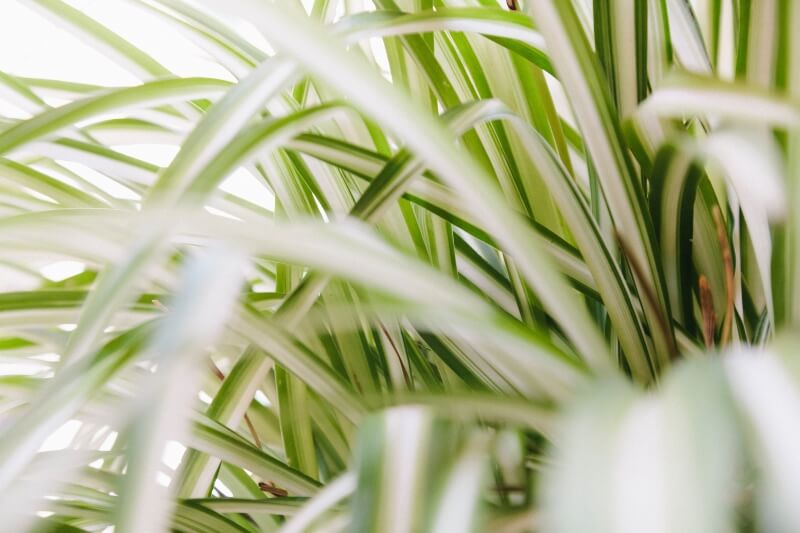
If you suspect that your spider plant has been overwatered, the best course of action is to let the soil dry out completely before the next watering. If you think too much damage has been done, you can also repot it in fresh, well-draining soil to help it recover faster. But make sure that the new pot has proper drainage holes to allow excess water to escape.
Not quite sure which pot to choose? Check out my favourite places where to find cool plant pots.
2. Underwatering
Underwatering is another common reason why spider plant leaves may collapse. Spider plants need consistent moisture to thrive, and if they are not watered regularly, their leaves can become dry and brittle, and start to fade. This can lead to them collapsing over time.
If you notice that your spider plant’s leaves look very thin and dry, with brown tips and that the plant overall grows very slowly, then it might be that you’re underwatering it. Despite their forgiving nature, spider plants will generally need to be watered every week throughout Spring and Summer – or whenever the soil has dried completely. So, if you’ve neglected your plant parents’ duties, make sure to give it a thorough watering and that the soil is evenly moist.
If you think that the level of humidity in your house might be an issue, you can also consider misting your plant’s leaves or place it in your bathroom to increase humidity levels and promote healthy growth.
Remember, it’s important to strike a balance when it comes to watering your spider plant. By making sure that it get the right amount of water, you can help prevent leaf collapse and keep it looking healthy and vibrant.
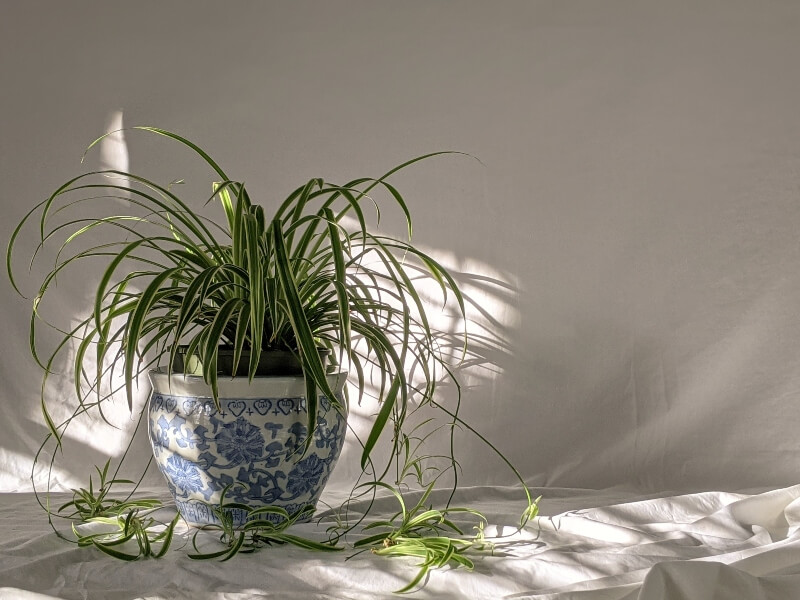
3. Lack of nutrients
A lack of nutrients can also cause your spider plant leaves to collapse. Spider plants require a range of nutrients to grow and thrive, including nitrogen, phosphorus, and potassium.
Without these, the plant may struggle to develop strong, healthy leaves and stems, which can lead the leaves to droop and start creasing.
Consider fertilising it regularly throughout Spring and Summer with an all-purpose houseplant fertiliser to make sure that it gets the nutrients it needs and prevent leaf collapse overtime.
You can also add organic matter, such as compost or worm castings, to the soil to improve its nutrient content.
However, like with every good things in life, make sure that you use fertiliser in moderation. Too much fertilizer can burn the roots of your plants, which can be just as detrimental.
4. Pests
Pests, such as spider mites and mealybugs, can also cause spider plant leaves to collapse. These tiny insects feed on the plant’s leaves, sucking out the sap and nutrients and leaving behind unsightly, yellowing leaves that eventually collapse.
This can happen for instance if your spider plant was in close contact with another infested plant, or if you’ve left it outside for a few days (talking by experience here…)
Infestations can be particularly damaging if left unchecked, so it’s essential that you react it quickly to control them as soon as possible.
Regularly inspect your spider plant’s (and all your plant’s) leaves and look out for signs such as discolored, speckled leaves, sticky residue on the leaves, or visible insects crawling on, or under, the leaves. Pests particularly like to chomp on new growth, so make sure that you regularly check new leaves and offshoots.
If your plant is infested, use natural or chemical treatments to get rid of the pests, such as neem oil or insecticidal soap. Make sure that you follow the instructions carefully to avoid damaging your plant and ensure that you treat it regularly to prevent the pests from returning.
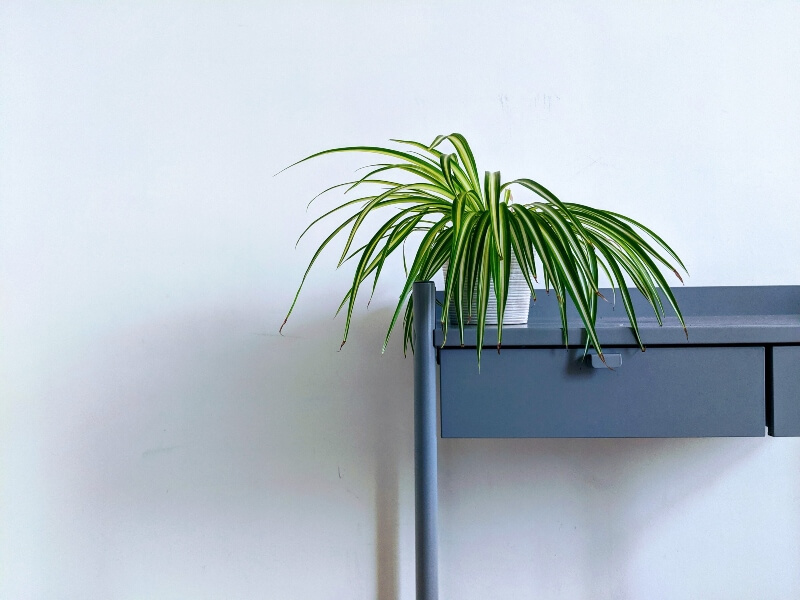
5. Environmental stress
Environmental stress can also cause your spider plant leaves to wilt. Factors such as low humidity, inadequate repotting, and extreme temperatures can all contribute to leaf collapse.
Low humidity can cause the leaves to dry out and turn brown, while inadequate repotting can lead to a lack of space for the plant to grow, causing it to become rootbound and unhealthy. Similarly, if you’ve recently repotted your plant and the roots haven’t had time to establish, it might be why your plant is collapsing. Make sure that you use a good-quality potting mix and that you firm the soil down after planting. If the soil is too loose around the roots, it can cause the plant’s leaves to collapse by not providing adequate support and causing your plant to droop
Extreme temperatures, such as those found near heating or air conditioning vents, or a sudden change in temperature, like leaving the plant outside, can also induce stress and cause leaf collapse. Spider plants typically thrive in a temperature from 18 °C to 29 °C (65 °F to 85 °F) so make sure that offer an adequate climate to your plant.
If you suspect that your plant might be experiencing some stress, move it to a different environment and give it a few weeks to recover while monitoring it closely.
In summary, spider plant leaves may collapse due to a variety of reasons, including overwatering, underwatering, lack of nutrients, pests, and environmental stress which can cause your plant to look tired or unsightly.
Luckily, spider plants are sturdy in nature and so, by taking some of the steps mentioned above, you should be able to fix these issues, and keep your plant looking healthy and vibrant.
Do you have any additional tips or experience on how to prevent spider plant’s leaves to collapse? Make sure that you leave a comment below!
